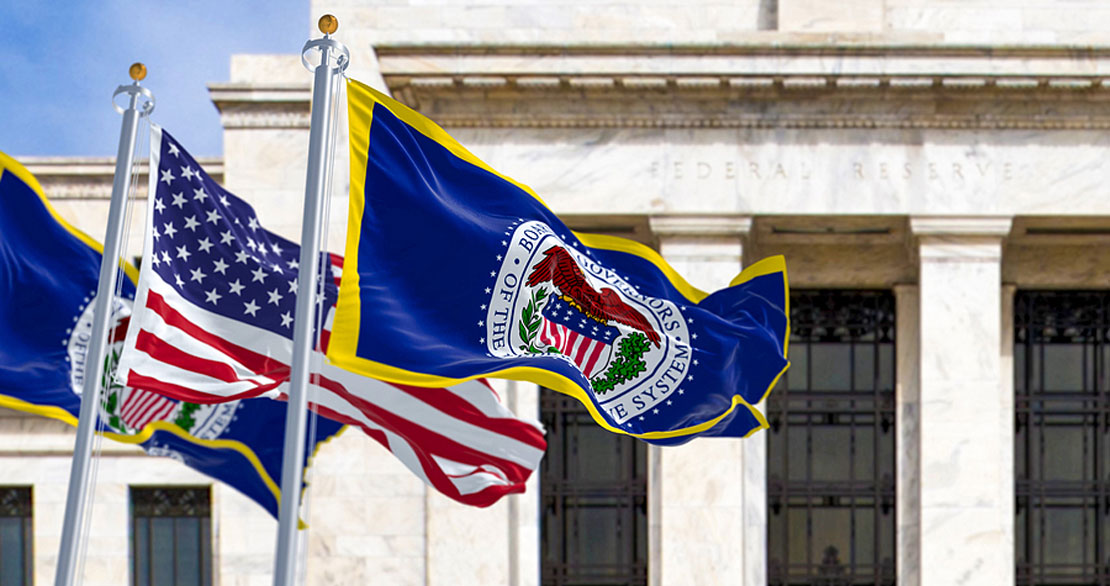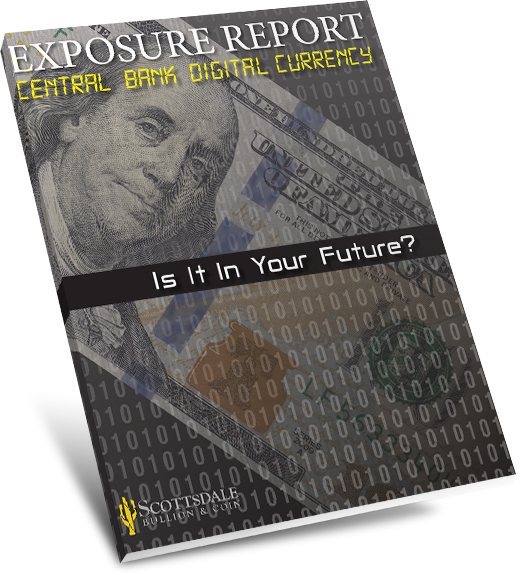 The US government’s recent unveiling of the FedNow Service has reignited concerns surrounding the development of a centralized digital currency and its potentially negative repercussions to the safety, privacy, and civil liberties of Americans
The US government’s recent unveiling of the FedNow Service has reignited concerns surrounding the development of a centralized digital currency and its potentially negative repercussions to the safety, privacy, and civil liberties of Americans
What is FedNow?
The FedNow Service is a government-produced payment system designed to facilitate instant transactions for financial institutions and their customers. Through the interbank-service, banks and credit unions can send and receive money in near real time. Individual consumers, businesses, and non-institutional payment providers won’t interact with FedNow directly, but anyone sending or receiving payments will still benefit from the faster payments. The initiative, which was officially launched on July 20, 2023, supports round-the-clock clearings and settlements allowing users to send and receive money 24/7/365, even on weekends and holidays.
The development of the FedNow service finally drags the world’s largest banking system into the 21st century. Before, it wasn’t uncommon to wait several business days for payments to clear.
“The banking system in [the US] is archaic. Something had to be done. It’s far past due that automatic transfers have been streamlined.”–SBC Founder Eric Sepanek
While the FedNow Service has undeniable benefits on its face, some investors worry about what might be brewing beneath the surface. More specifically, many experts warn that this real-time payment system is a precursor to a Central Bank Digital Currency (CBDC).
Is FedNow a CBDC?
Technically, FedNow is not the same as a CBDC, but these developments aren’t entirely unrelated either. Despite the Fed’s insistence to the contrary, there’s an undeniable overlap between these crucial projects in the rise of digital currencies. While the FedNow program is a payment system dealing with the transfer of currency, a CBDC is a digital form of central bank–issued currency.
FedNow and a CBDC would both be entirely designed, managed, and controlled by the government. Furthermore, if the US were to officially adopt a CBDC, it stands to reason the digital currency would be sent and received through the government-sponsored FedNow system. This renders the dubious claim of no connection between FedNow and CBDC completely nonsensical.
“The Federal Reserve is [rolling out] the Fed Now program. [I]t’s going to be kind of a beta program for…a central bank digital currency.”–Sr. Advisor Damian White
Still, the government insists that this new interbank, instant payment system has no links to the creation of a digital dollar. That claim might hold more weight if the US government wasn’t actively experimenting with a CBDC.
The Rapid Adoption of a CBDC
Through the passage of Executive Order 14067, President Biden officially launched the exploration of a US central bank digital currency. The rapid progress of a potential CBDC has been electrifying for proponents and terrifying for detractors.
In 2022, the Federal Reserve Bank of Boston worked directly with MIT’s Digital Currency Initiative to further the development of a CBDC through Project Hamilton. Recently, the ex-head of the US Commodity Futures Trading Commission (CFTC) led research into how a US CBDC could be used in cross-border transactions. These projects highlight the growing eagerness government officials and agencies have for ushering in the era of a fully digital dollar.
The US isn’t alone in its experimentation with digital currencies as the Bank for International Settlements reports 93% of central banks are engaging in some work related to CBDCs. China, India, Nigeria, and other countries have already launched digital currencies. Although many of the CBDC initiatives hide behind the guise of research and exploration, many investors and lawmakers see the Orwellian writing on the wall.
FedNow vs CBDC: Different Function, Similar Threat
The FedNow program and a central bank digital currency serve unique functions within the burgeoning digitized economy. However, these progressions pose similar threats to the American people.
Lack of transparency
Among the chief criticisms of FedNow and CBDC is the unapologetic secrecy shrouding both developments. This lack of transparency is so egregious that the Banking Policy Institute (BPI) released a series of pressing questions surrounding the FedNow launch. Principally, the BPI highlighted the absence of Congressional funding approval for the program and the Federal Reserve’s radio silence regarding the project’s cost and profitability timeline. Inevitably, this covertness leads to heightened suspicion among the American people.
Financial centralization
In early 2022, the economy reckoned with a failing banking system as several regional banks collapsed with hundreds facing a similar fate. One of the most disconcerting outcomes of this widespread disaster was the centralization of America’s financial institutions as the country’s largest banks bought up failing banks left and right. The FedNow and CBDC programs highlight this trend as the government gains more control, influence, and oversight. Some anecdotal reports already suggest that banks are being pressured by the government to use FedNow instead of its private counterparts.
Loss of privacy
The bulk of concern surrounding the FedNow and CBDC projects is the erosion of privacy. Although the government has positioned the digital dollar as a supplement and alternative to cash, there’s nothing preventing the Fed from eventually phasing out cash. This would eradicate consumer anonymity and transform currency into a tool of government surveillance. The Canadian government has already proven that ostensibly democratic governments are willing to weaponize financial instruments and institutions against citizens who spend money in ways they deem as a threat.
Gold and Silver Offer Protection From Digital Currencies
The onrush of currency digitization has left many investors with a growing sense of uncertainty, confusion, and distrust. It’s not easy to know where your money is safest from government overreach and economic backsliding. While many people passively wait to follow the next investment trend, savvy investors are protecting their assets and securing their privacy with precious metals. Gold and silver can provide a backstop to the hazards of the digital dollar by:
- Hedging against inflation and economic downturns
- Offering high liquidity due to high demand
- Providing anonymity for increased privacy
- Being ideal for trading or bartering
Stay Informed to Protect Your Wealth
Currency is the backbone of economic systems. That’s why extreme changes in the currency are usually reflected in market volatility. The best way to keep your wealth and privacy intact is to stay abreast of recent developments in dollar digitization. Fortunately, we’ve put together a comprehensive CBDC report that’s routinely updated so you can stay up to date easily.
Request your FREE COPY of our free CBDC report to never miss a beat.


